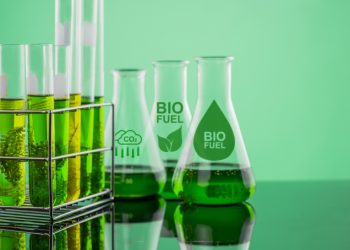The demand for LNG, bio and low-sulphur bunkers has increased enormously in Rotterdam over the past year. In fact, overall sales in this largest European bunker port fell from 9.5 million m3 to 9 million m3.
In the last quarter of 2019, sales of low-sulphur bunker oil with a maximum sulphur content of 0.5% (VLSFO) increased enormously. In December, 62% of the fuel oil sold was VLSFO. Over the entire last quarter, 48% of the fuel oil sold was VLSFO.
Its popularity has everything to do with new regulations
the Port of Rotterdam explains.
[smlsubform prepend=”GET THE SAFETY4SEA IN YOUR INBOX!” showname=false emailtxt=”” emailholder=”Enter your email address” showsubmit=true submittxt=”Submit” jsthanks=false thankyou=”Thank you for subscribing to our mailing list”]
As of 1 January 2020, the globally permitted sulphur content in marine fuel has been reduced from 3.5% to 0.5%. In the Netherlands and the other countries along the North Sea, the maximum sulphur content is even lower, with 0.1% since 2015.
13% of this so-called Ultra Low Sulphur Fuel Oil was sold in the last quarter. The largest amount of bunkers sold in Rotterdam are for intercontinental transport.
In addition to the sales of VLSFO, the increase in sales of LNG bunkers was another highlight. Sales more than tripled from 9,483 tonnes to 31,944 tonnes. For the first time, the sale of biofuel bunkers is also clearly visible in the figures.
As a matter of fact, throughout 2019, 2% of sales of fuel oil and 0.5% of distillates (MGO – gas oil – and MDO – diesel oil) concern biofuel bunkers. Sales of biofuel bunkers increased in the fourth quarter especially. The admixture percentages of these bunkers vary between 5 and 50%. Most common is 20-30%.































































